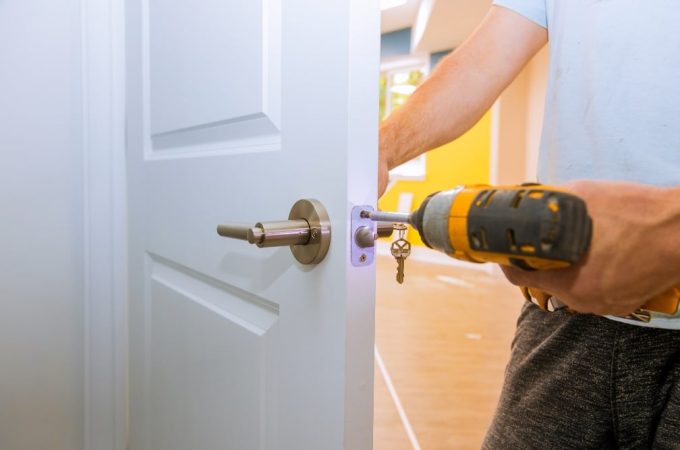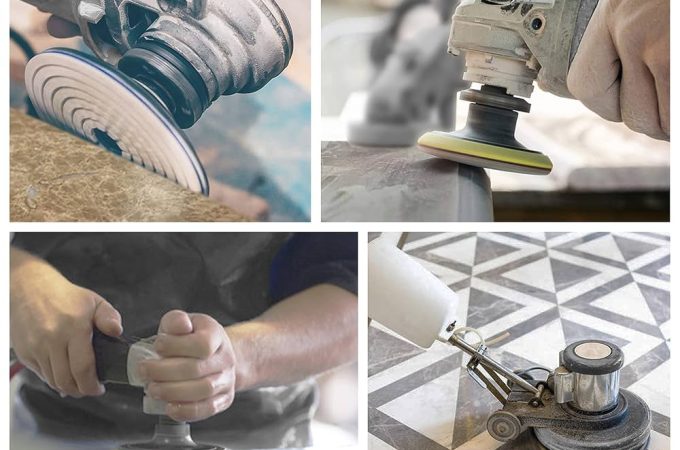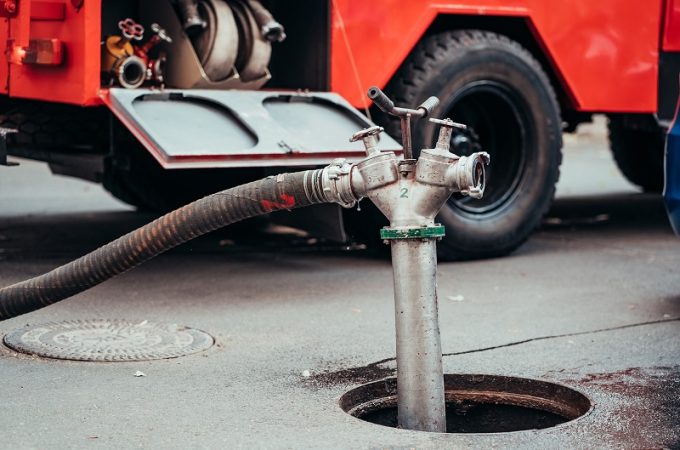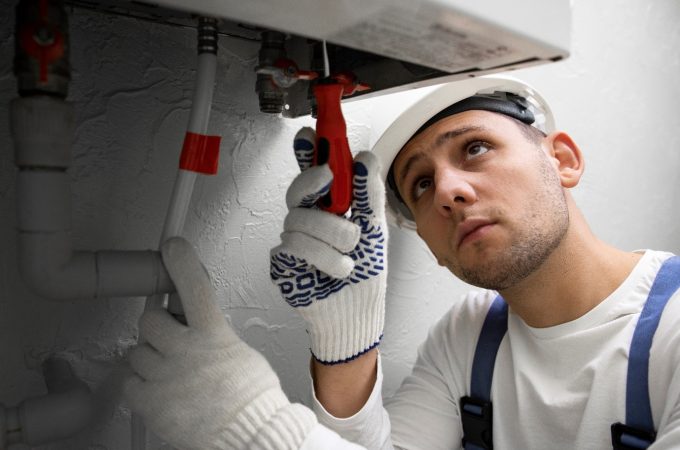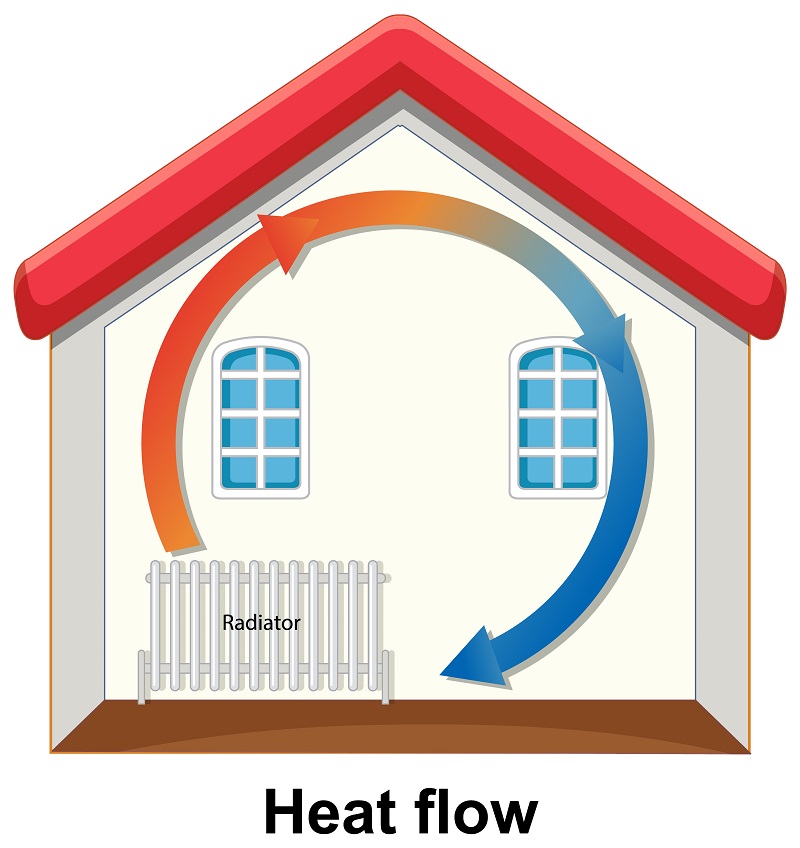
Easy Ways to Maintain Comfortable Indoor Temperatures Year-Round
Have you ever shivered through a cold winter’s night, desperately trying to crank up your heater, only to get a massive energy bill a few weeks later? Or maybe you’ve felt trapped in your own home during an Australian summer, sweltering under the scorching heat? If these situations sound familiar, you’re certainly not alone. Keeping your home at a pleasant temperature year-round is one of life’s little luxuries that doesn’t just impact comfort levels—it can also make a real difference to your health, wallet, and peace of mind.
This blog post will walk you through practical ways to achieve indoor comfort throughout every season. We’ll explore how to keep costs in check while still staying cosy in winter and cool in summer, with a special focus on Australian suburbs where weather can pose unique challenges. By the end of this read, you’ll know all about sealing cracks and drafts, choosing energy-efficient heating and cooling systems, and fine-tuning home insulation. What’s more, you’ll gain insights into smart home technologies and how a few simple upgrades can create long-running results.
Whether you’re a homeowner looking to save on utility bills or someone new to suburb living and overwhelmed by all the ignition switches and thermostats, this guide is designed to help. We’ll answer your top questions, highlight effective heating and cooling methods, and give you quick tips to maintain comfortable indoor temperatures. Get ready to discover a world of solutions that are easy to put into action right away.
H2: Why Comfortable Indoor Temperatures Matter
Maintaining a pleasant indoor temperature isn’t just about feeling good—it’s also vital for several practical reasons. First and foremost, a stable indoor climate improves energy effectiveness and lowers costs. When your heating or cooling system runs efficiently, you avoid the constant on-and-off cycling that can drive up electricity or gas bills. In comparison, a poorly regulated system can spike your monthly expenses and still leave you feeling uncomfortable.
Beyond the financial aspect, comfortable indoor temperatures offer health and lifestyle perks. Dry winter air, for instance, can lead to respiratory issues or aggravate conditions like asthma. By keeping your home snug at a reasonable level, you reduce the likelihood of breathing problems. In summer, staying cool becomes important for preventing heat-induced stress and fatigue, especially for children and older adults who might be more vulnerable to temperature extremes.
Finally, there’s the environmental impact to consider. Using heating or cooling systems responsibly reduces carbon emissions. This is particularly valuable in Australian suburbs, where summers can be very hot and winters chilly enough to demand heating. Small, eco-friendly choices—like installing efficient window coverings or scheduling regular maintenance—contribute to a more sustainable future for everyone.
Top Questions: Common Heating and Cooling Queries
How Can I Reduce My Winter Heating Bills?
Budget-conscious homeowners often look for ways to lower winter heating costs. One quick improvement is to seal drafts, especially around windows and doors. This keeps warm air in and the chill out, so your heating system doesn’t have to work overtime. You can also set a programmable or smart thermostat to reduce temperatures at night or when you’re out of the house. These small adjustments make the most of your system’s capability without sacrificing comfort.
What’s the Most Energy-Efficient Way to Cool My Home in Summer?
For most Australian suburbs, the key here is targeted use of air conditioning. Ideally, you’d look for a model with a high star rating. Reverse-cycle air conditioners can both heat and cool, making them a versatile choice. Another energy-savvy option is a ceiling fan, which can circulate air and reduce how much you rely on air con. Don’t overlook old-school techniques either—closing blinds during the hottest parts of the day can keep rooms cooler naturally.
Which Systems Keep My Home Comfortable Year-Round?
A range of options can do the trick, including reverse-cycle systems, gas heaters paired with evaporative coolers, or even hydronic heating for steady warmth. When you factor in budget, maintenance, and local climate, the right solution will become clearer. Plus, it’s helpful to ask a professional heating and cooling specialist for a personalised assessment. Finding that perfect year-round balance goes a long way towards boosting your household’s overall sense of comfort.
Simple Upgrades for Immediate Comfort
First up, sealing drafts and cracks is an easy win. A roll of weather stripping and some gap filler can effectively block out cold winter winds, while also keeping that precious air-conditioned breeze indoors when temperatures soar. Along with preventing discomfort, these actions help reduce your energy bill by minimising wasted airflow.
Next, consider using ceiling fans and smart thermostats. Ceiling fans don’t actually lower ambient temperature but can make a room feel cooler through air circulation. If you opt for a fan that can spin in reverse, it can push warm air down during winter too. Meanwhile, a smart thermostat offers you better control, allowing you to adjust temperatures based on daily schedules or even from your phone. These user-friendly upgrades let you adapt your home environment as needed, while maintaining efficiency and cost savings.
Finally, leverage curtains and blinds more effectively. Think of them as your first line of defence against unwanted heat or cold infiltrating your living spaces. In winter, keep them open to let in the sun’s warmth. When summer comes, draw them during peak sunshine hours to keep rooms cooler. These simple and often low-cost solutions can have a remarkable, immediate impact on how comfortable your home feels every day.
Effective Heating Solutions
When you’re searching for “heating suburbs” or “best heating solutions,” it’s likely you’ll come across options such as reverse-cycle air conditioners, gas heating in Australian suburbs, and hydronic heating. Each comes with its own set of benefits and considerations.
Reverse-cycle air conditioners are a multi-purpose pick for both heating and cooling. Many models are designed for Australian conditions, which means they operate well even in extremes. These systems are also known for their relative efficiency, especially when paired with good insulation. Some even include built-in air purifying features for improved indoor air quality.
Gas heating in Australian suburbs remains a popular choice, thanks to its reliability and low running costs—especially during harsher winters. Modern gas systems often have high star ratings, translating to lower carbon emissions and energy consumption. You might also consider hydronic heating, which involves circulating hot water through pipes or underfloor systems. This method provides gentle, even warmth that can be less drying, reducing the risk of the dreaded “stuffy nose” effect. While installation can be more involved, many homeowners appreciate the quiet operation and comfortable heat that hydronic solutions deliver.
Choosing the right heater depends on factors like climate zones, house size, and budget. It’s helpful to think about your lifestyle, too: if you work from home, you might need a more efficient solution that doesn’t cost a fortune to run all day. Speak to industry experts or local professionals for tailored guidance in finding the best fit for your unique situation.
Hassle-Free Cooling Methods
Evaporative cooling is a popular method that uses the principle of water evaporation to lower the indoor temperature. Unlike traditional air conditioners, evaporative systems circulate fresh, cooled air throughout your home. They tend to be cheaper to run, as long as humidity levels aren’t too high. In many Australian suburbs, this can work wonders on scorching days, but you’ll need to make sure your windows are slightly open to promote airflow.
Another hassle-free option is a split-system air conditioner, which doesn’t require ductwork and can be installed in individual rooms. These units typically boast impressive star ratings, giving you control over both the temperature and running costs. This can be a real game-changer if you have a smaller living space or simply need targeted cooling in main areas.
Finally, portable fans and compact units are yet another route for immediate relief. They might not have the same impact as a robust air conditioning system, but they can be a lifesaver if you’re on a tight budget or living in a temporary space. Besides, strategically placed portable fans can enhance room circulation, pushing cooler air where you need it. Whether you choose evaporative cooling basics or a simple plug-in fan, these quick methods enable you to stay comfortable without the stress of a complex installation.
Insulation and Ventilation Essentials
Insulation and ventilation often generate a lot of interest as homeowners try to fix that persistent chill in winter or shield themselves from the baking summer sun. Properly insulating your roof and walls is essential for trapping the temperature you desire—whether it’s heat during winter or a cool climate in summer. A common recommendation is to install high-grade insulation in the roof since that’s where most heat exchange occurs. Think of it as wrapping your house in a thermal blanket that helps maintain a pleasant environment.
But insulation alone doesn’t do all the heavy lifting. Ventilation is equally important to keep the air fresh and reduce moisture buildup. Properly placed vents, fans in bathrooms and kitchens, and the strategic use of windows make a big difference. In the Australian climate, having an effective cross-breeze can bring instant relief when you open windows on opposite sides of your home. This passive cooling technique can help reduce dependency on mechanical systems.
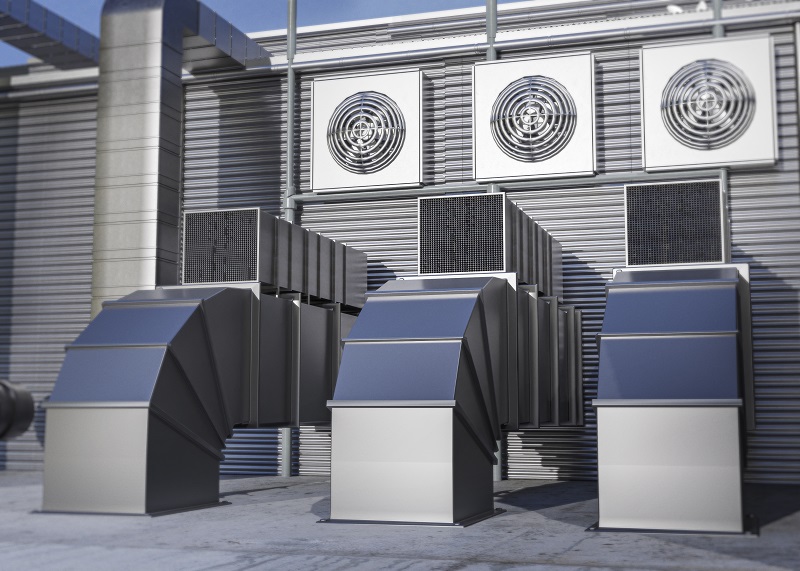
Speaking of passive cooling approaches, simple habits like keeping curtains closed on hot days or planting shade trees around your home can add another layer of protection. These measures help regulate indoor temperature without burdening your energy bills. In many cases, a combination of effective insulation and strategic ventilation ensures you’re not pouring money down the drain on heating or cooling systems that have to battle against outdoor conditions.
DIY Home Maintenance
You don’t always need a qualified tradesperson to handle basic home maintenance. Simple things, like changing air filters or cleaning vents, are tasks many people overlook but can tackle themselves with minimal fuss. Clean filters improve airflow and help units function more effectively. It’s essential to clean or replace them every few months, particularly if you live in areas with high dust or pollen counts. After all, nobody wants to blow dusty air around the house.
Another DIY tip is to carry out simple duct checks and repairs. Over time, air ducts can develop leaks or small holes that compromise heating and cooling efficiency. Sealing them with duct tape or specialised mastic can quickly restore lost airflow. If you notice a certain room that never seems to get warm enough, it might be a sign that your ducts need attention.
Finally, identify leaks and prevent heat loss or gain by examining windows, doors, and even walls for visible cracks or gaps. A quick way to test this is to hold a lit candle near suspected areas on a windy day. If the flame flickers or goes out, you likely have a leak. This approach is cost-effective and easy enough for most homeowners to tackle. By handling these manageable chores, you can keep your systems running smoothly while enjoying a more stable temperature indoors.
When to Upgrade or Replace Systems
Sometimes, repairs and simple maintenance aren’t enough. If your system is outdated or under-performing, you might need to consider bigger moves, such as investing in maintenance plans or upgrading to a new setup. Warning signs of inefficient equipment include strange noises, inconsistent temperatures, and skyrocketing energy bills. If you find yourself constantly fiddling with the thermostat to feel comfortable, it may be time to look for a different approach.
When you decide to upgrade, opting for a more modern and energy-efficient system can often pay off in the long run. Newer models typically come with better star ratings and built-in features like zoning capabilities or integrated air purifiers. You might also discover that your home layout could benefit from a different style of heating or cooling altogether. Consulting a professional heating and cooling specialist will give you clarity about which choice aligns best with your needs and budget.
Investing in a maintenance plan or service agreement can extend your system’s lifespan and keep it running at peak performance. This is especially helpful if you have a busy schedule or little interest in DIY checks. With regular tune-ups, you’ll nip potential problems in the bud, ensuring your home remains comfortable year-round without incurring sudden, hefty repair bills. Making this switch or upgrade might feel like a big commitment, but it often makes a world of difference in creating an effective, stress-free living environment.
Staying Ahead With Smart Home Technologies
As technology continues to reshape our daily lives, heating and cooling systems are no exception. You’ve probably come across terms like “smart thermostats,” “zoning systems,” or “solar power integration.” These innovative methods allow you to optimise comfort and cost savings in a dynamic way.
Smart thermostats let you automate temperature settings based on your daily routine. For instance, you can programme them to raise or lower the temperature just before you arrive home from work, ensuring a cosy house without wasting energy in your absence. Some devices even use machine learning to decipher your behaviour, adjusting settings automatically for peak efficiency. If you have a larger property, adding zoning systems takes this a step further, letting you direct warm or cool air to specific areas for maximum advantage.
Solar power is also becoming more common, particularly in sunny Australian suburbs. Tapping into solar energy can help power your air conditioner or heating units, cutting down on electricity bills. Monitoring weather changes through apps or built-in system alerts allows you to stay one step ahead. You could, for instance, utilise a cloudy day to keep your blinds open for natural light, then optimise your system’s runtime when the sun reappears. By combining a dash of technology with practical home design, you’ll find it easier than ever to maintain a stable indoor climate and keep pace with evolving energy demands.
Conclusion
When it’s all said and done, ensuring comfortable indoor temperatures year-round is both an art and a science. You need the right balance of heating, cooling, insulation, and ventilation, all while keeping an eye on your budget. From sealing drafts to exploring reverse-cycle air conditioners, there are many places to start, and each one can bring tangible benefits to your daily life. Plus, simple fixes like cleaning vents or adjusting curtains can go a long way in making your home feel more inviting.
Ultimately, the solution that works for you may differ from what works for someone else, especially considering unique factors like your home’s layout and the local climate in Australian suburbs. Whether you install a modern reverse-cycle system, stick with tried-and-trusted gas heating, or opt for an evaporative cooler, the goal remains the same: a consistently pleasant environment that fits your lifestyle and cost considerations.
To sum up, don’t be afraid to try small changes before deciding on bigger investments. Test out a ceiling fan, tinker with a programmable thermostat, or assess whether your insulation is performing as it should. With the variety of options available—from straightforward DIY tasks to full-scale system upgrades—everyone has a path to year-round comfort. Here’s to staying warm in winter, cool in summer, and stress-free all year long!


